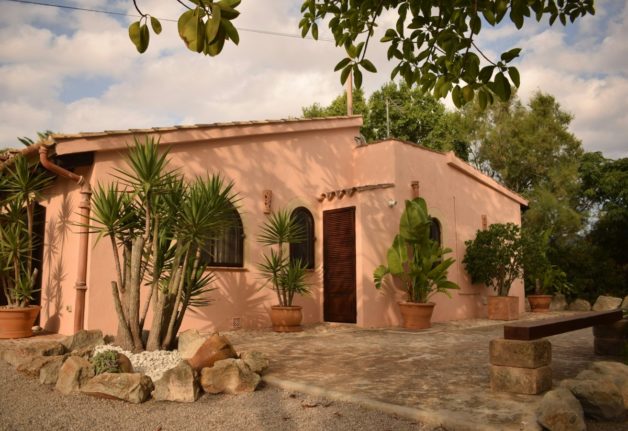The goal is to prevent courts from being flooded with lawsuits after the European Court of Justice last month ruled lenders must reimburse mortgage customers with so-called “floor clauses”, Economy Minister Luis de Guindos told a news conference.
About 1.5 million people were sold those mortgages, which impose a limit on how far interest rates can fall in line with a benchmark rate, he added after a weekly cabinet meeting.
The Bank of Spain has estimated that the European court ruling could cost Spanish lenders over €4 billion ($4.2 billion).
Under the measure approved Friday banks must contact customers to inform them that they are affected and offer them a settlement within three months of the decree coming into force.
If no agreement has been reached after three months, customers would then still be able to file a lawsuit to seek compensation.
Banks will have to “create specific departments” to handle the reimbursement claims, De Guindos said.
The image of Spain's banking sector suffered a huge blow during the country's economic downturn due to several cases of poor management and corruption.
Spanish banks lent heavily during a decade-long property boom which went bust in 2008, sparking a sharp economic downturn that caused the unemployment rate to soar to a record high of 27 percent in 2013.
Thousands of families who were not able to keep up with their mortgage payments were evicted from their homes and Spanish banks in 2012 received €41.4-billion in European Union bailout funds.
Most of Spain's home loans are pegged to the 12 month-euro interbank offered rate, or Euribor.
The benchmark has fallen, but clients with mortgage floors did not benefit.



 Please whitelist us to continue reading.
Please whitelist us to continue reading.
Member comments